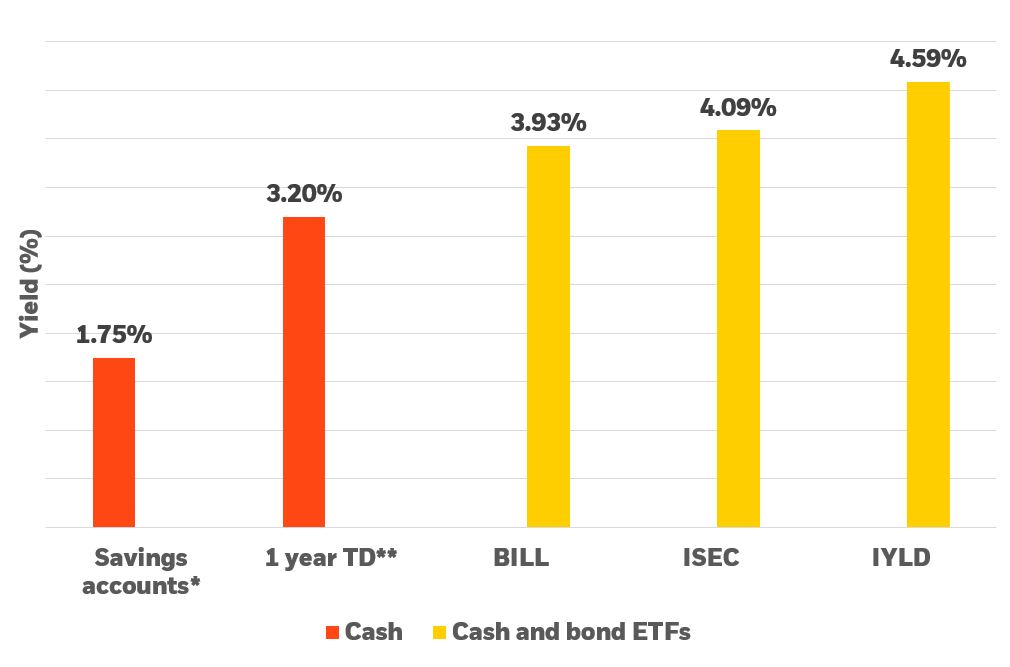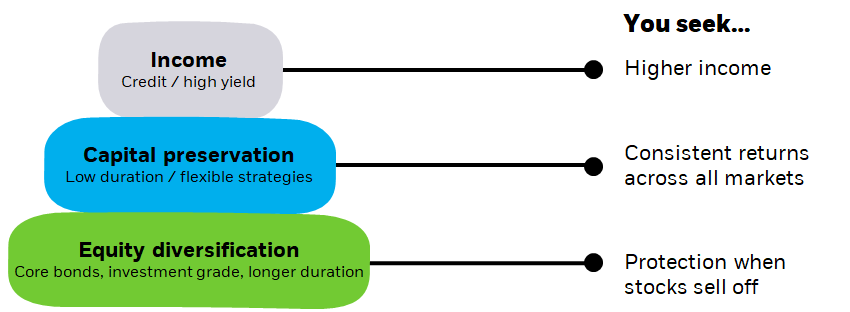Hi, I’m Tamara Stats from the iShares specialist team.
With the second quarter well and truly underway we take this opportunity to take stock of how the macro environment has evolved; highlight the disconnect between what equity and fixed income markets are pricing, versus what we see playing out in real life. And finally, the flows we are seeing show investors are generally low on conviction. All of three of these points lead us to believe there is a compelling case to be made for staying tactically defensive with an allocation to cash and short duration bond ETFs for liquidity, yield and portfolio ballast.
Firstly, the events of the last two months as it relates to the banking sector have added further tightening to financial conditions on top of the tight conditions brought about by monetary policy. Globally it was inevitable in our view that the fastest interest rate hikes since the 1980s would cause economic damage and financial cracks. Based off recent loan officer survey and bank deposit data in the US it seems the acute stress is likely behind us however the longer lasting impacts of the tightening in credit conditions won’t be seen for 6-12 months.
Back to Central Banks, the persistently higher inflation had been cause for Central bankers to continue the hiking program but with the the Fed, the ECB and our own RBA hiking cash rates by 25bps in their May meetings, there is now also signs that a pause in the program may be imminent and data dependence will prevail. US earnings season is now upon us and although the results have been remarkably robust, expectations were off a low base. The near terms catalysts for macro direction include further monitoring of CPI data and the US debt ceiling resolution or impasse.
The flows we saw in April in iShares products saw Developed Market equity outflows resumed. Both Europe and U.S. equities saw outflows, with the former logging its first negative month since December despite European equity markets being the best performing asset class YTD.
Market pricing has whipsawed between further hikes being priced, to no more hikes, and also indeed cuts as the evidence of damage becomes clearer, as early as later in 2023. The BlackRock view is that rates will need to stay elevated for longer than the market is pricing, and we should therefore expect volatility as long as the disconnect persists.
Therefore, we recommend tactically allocating to cash, and we aren’t the only ones if anyone heard Warren Buffet’s latest earnings call.
Volatility in markets brings dispersion, more dispersion brings more relative value opportunities. When these opportunities open up, having a liquid allocation to cash is valuable in spades. Cash, that by the way, has been hard at work earning income, demonstrative of the higher yields on offer if you choose the correct cash or short-term bond instrument, available through our ishares ETF range.
Please contact your BlackRock relationship manager for further information.





